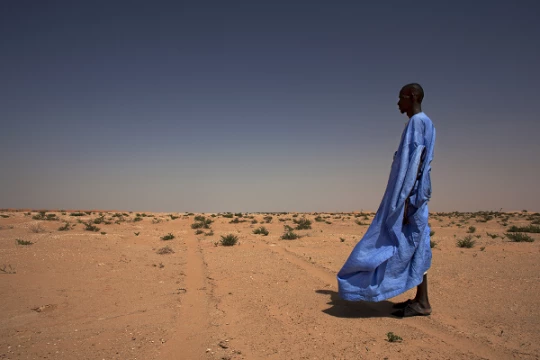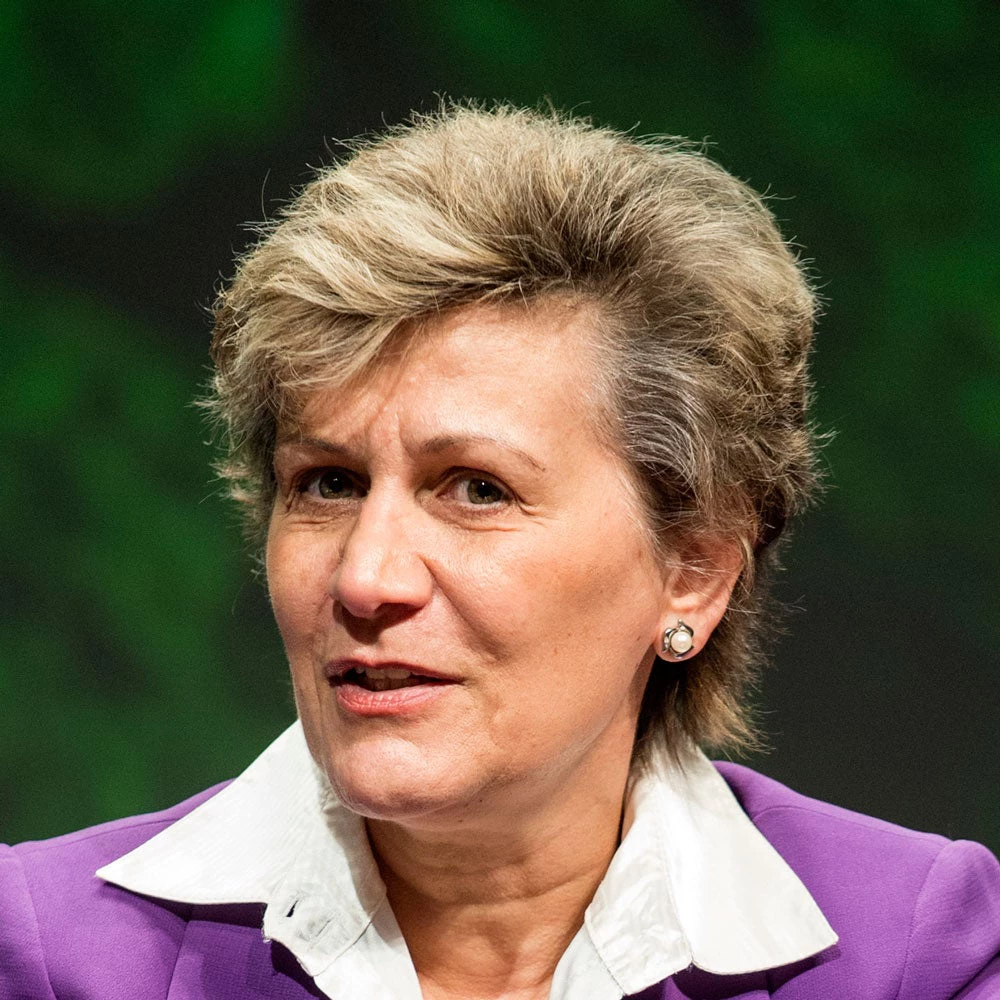
Why should the world—and Africa in particular—care about resilience?
The importance of resilience as an imperative for development is nowhere as obvious as in Africa. Fragile natural resources—at the core of livelihoods and economic opportunities—are under increasing pressure from unsustainable use, population pressure, and the impacts of climate change.
Sustainable development will only be possible in Africa if natural resources are valued and protected. It will only be possible if their resilience to shocks such as climate change is improved. Resilient landscapes—where natural resources and biodiversity thrive in interconnected ecosystems that can adapt to change and protect people from losses—are important to the work of ending poverty and boosting prosperity.
We have increased our support through programs that focus on restoring both the landscapes and the livelihoods of those heavily dependent on natural resources. Now, we are taking this agenda forward to Lima.
This Climate COP presents a unique opportunity to deepen our commitment and launch a Global Alliance for Resilient Landscapes. Collaboration is necessary for a task of this magnitude. That’s why the Bank is teaming up with the African Union NEPAD and the regional center of excellence CILSS, to call on countries and partners to commit to this alliance and agree on a roadmap.
We’ll be working with TerrAfrica members and donors to renew their commitment. For the past nine years, the World Bank has used its convening power to support TerrAfrica and secure $3 billion for sustainable land and water management investments. But more must be done to end poverty and boost the prosperity of millions whose lives depend on natural assets.
We’ll be engaging partners to endorse the African Landscapes Action Plan, developed by the Landscapes for People, Food, and Nature and the African Union NEPAD Planning and Coordinating Agency (NPCA). This Action Plan presents an ambitious agenda. It spells out priority actions that embrace all actors, extends to all sectors and integrates the policies and services. It commits partners to create policy changes, build institutions, develop business plans, balance power dynamics and develop technologies that together, will bring concrete solutions.
We’ll also present findings on the importance of moving beyond single-sector interventions to embrace an integrated landscape management (ILM). We have been working with partners on a study on Enhancing Resilience in African Drylands and will launch the chapter that gives evidence on the many advantages of using ILM for increased productivity, improved biodiversity, increased water production and many others wins.
This Global Alliance for Resilient Landscapes will promote and scale up the innovative work of champions like Yacouba Sawadogo, a farmer from Burkina Faso who halted the desert by converting a completely barren area into a thriving 64-acre forest with 87 species of trees. It will build on Ethiopia's achievement in using a landscape approach to meet the goals of food security and inclusive green growth. In less than 10 years, 15 million hectares were restored, and 30 million people’s lives were transformed with the government’s Sustainable Land Management Program funded by the World Bank and other partners.
Ethiopia’s success can be a model for the many Africa countries fighting land degradation. To support these aspirations, we collaborated with TerrAfrica, the GEF and 12 African countries to develop the US$1.1 billion Sahel & West Africa program that supports the Great Green Wall by expanding the sustainable management of natural resources across the continent. This is our contribution to transforming Africa into a stable, sustainable and resilient region. It is also a first step into the joint UN-World Bank Sahel Initiative.
Lima could be a turning point for innovative farmers like Sawadogo and for countries fighting land degradation. We hope to return with a strong shared commitment to the Global Alliance for Resilient Landscapes and work even more intensely to build resilient ecosystems and livelihoods.


Join the Conversation